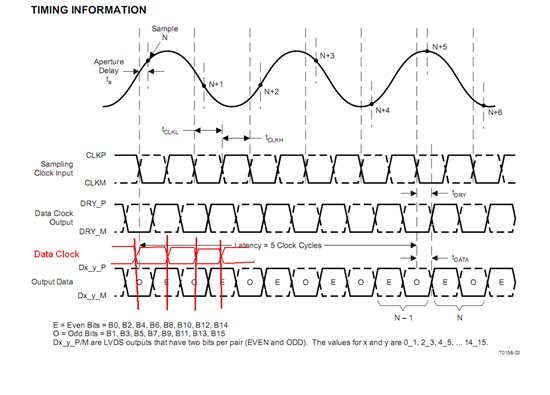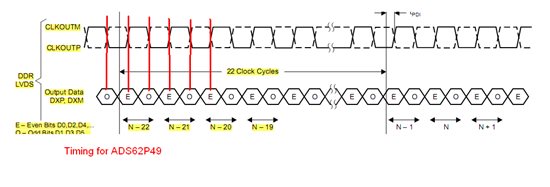Hi,
Can you please describe what are the steps involved for interfacing a TI ADS5400 with parallel LVDS output to the Virtex 6 FPGA via a FMC-ADC adapter? I browsed the forum, and it seems that all the relevant information points to the serial LVDS output from other lines of TI ADC cards. I understand that for serial LVDS output, we must have a Deserializer implemented in FPGA fabric.
What about the 12-bit LVDS parallel output? Do I just need to specify the correct IOSTANDARD for the pins on the FMC connector of Virtex 6, and the 12-bit data will be automatically buffered correctly?
I appreciate your help in this matter.
Best Regards,
Danh.



